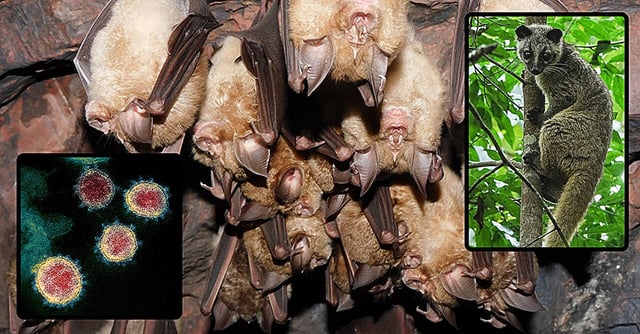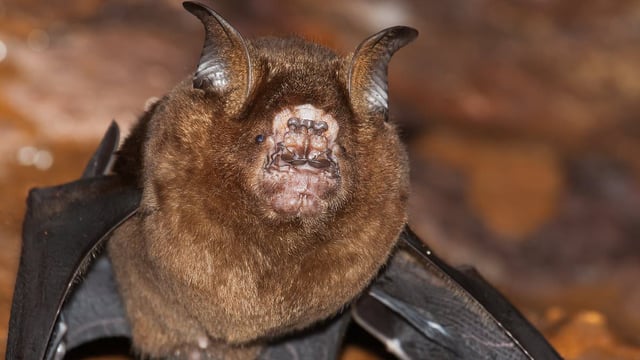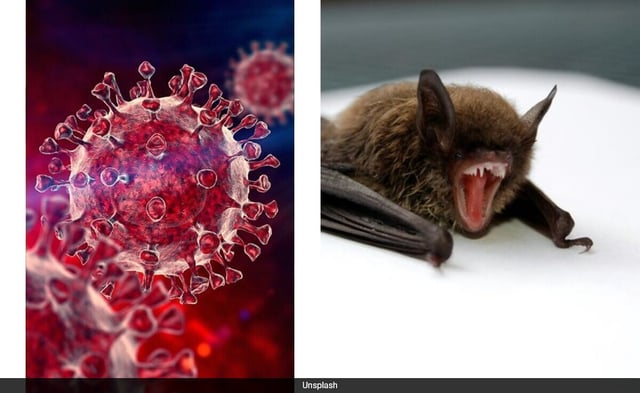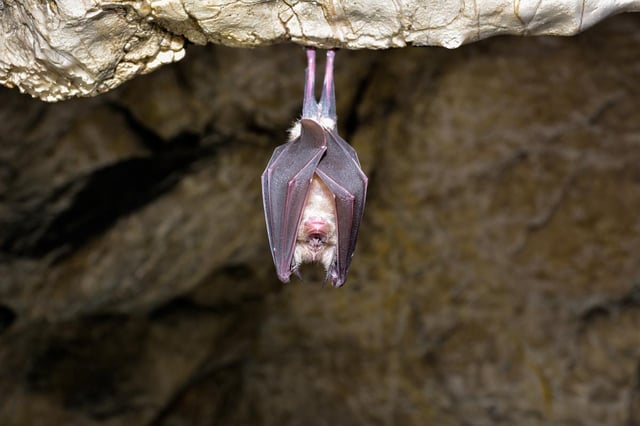Overview
- The study found that the ancestor of SARS-CoV-2 traveled over 1,000 kilometers from its origin in Western China or Northern Laos to Wuhan via the wildlife trade.
- Horseshoe bats, the primary hosts of sarbecoviruses, have limited migration ranges, making natural bat dispersal unlikely for such long distances.
- Intermediate hosts like palm civets and raccoon dogs, commonly traded in live-animal markets, likely facilitated the virus's transmission to humans.
- Genomic analysis focused on non-recombining regions to clarify the virus's evolutionary history, overcoming challenges posed by frequent recombination.
- Researchers emphasize the need for expanded surveillance of bat populations and wildlife trade to mitigate future zoonotic spillovers and pandemic risks.



